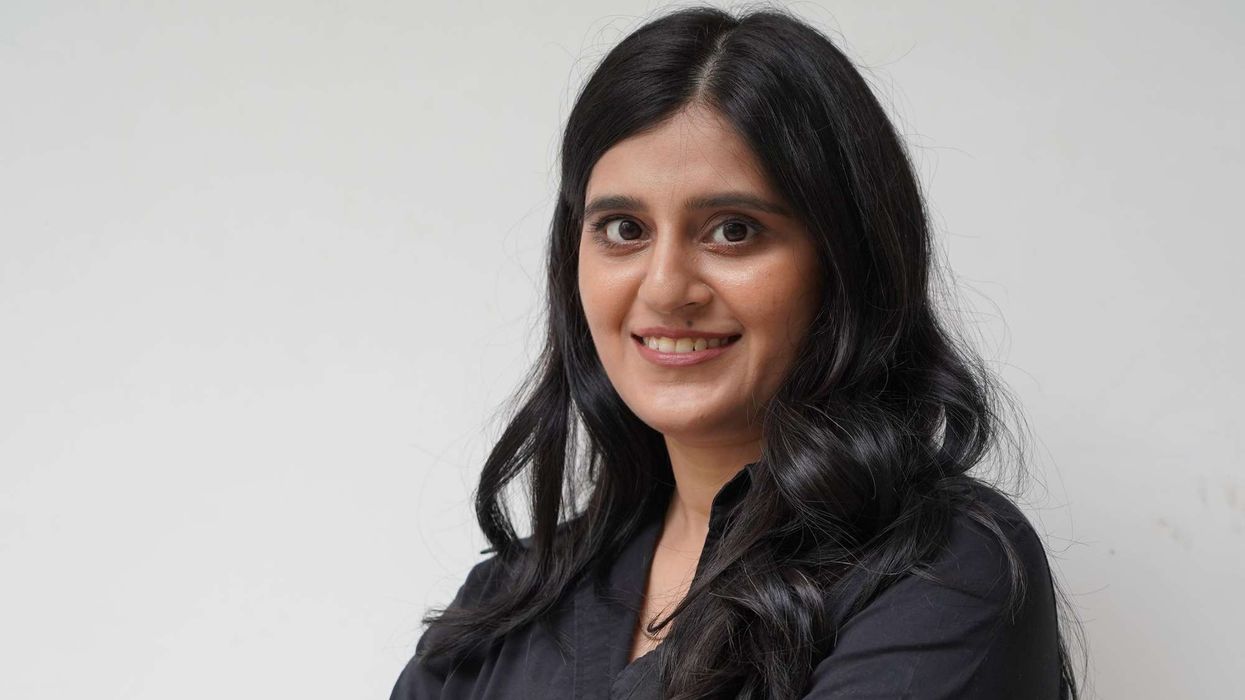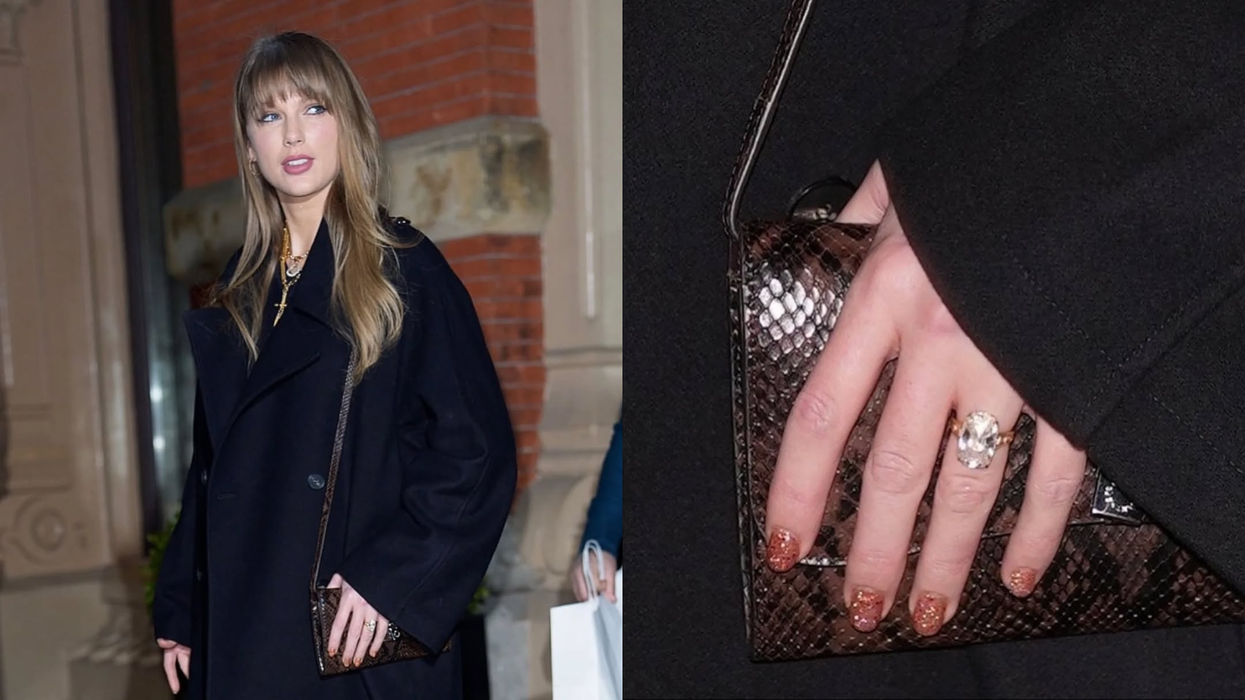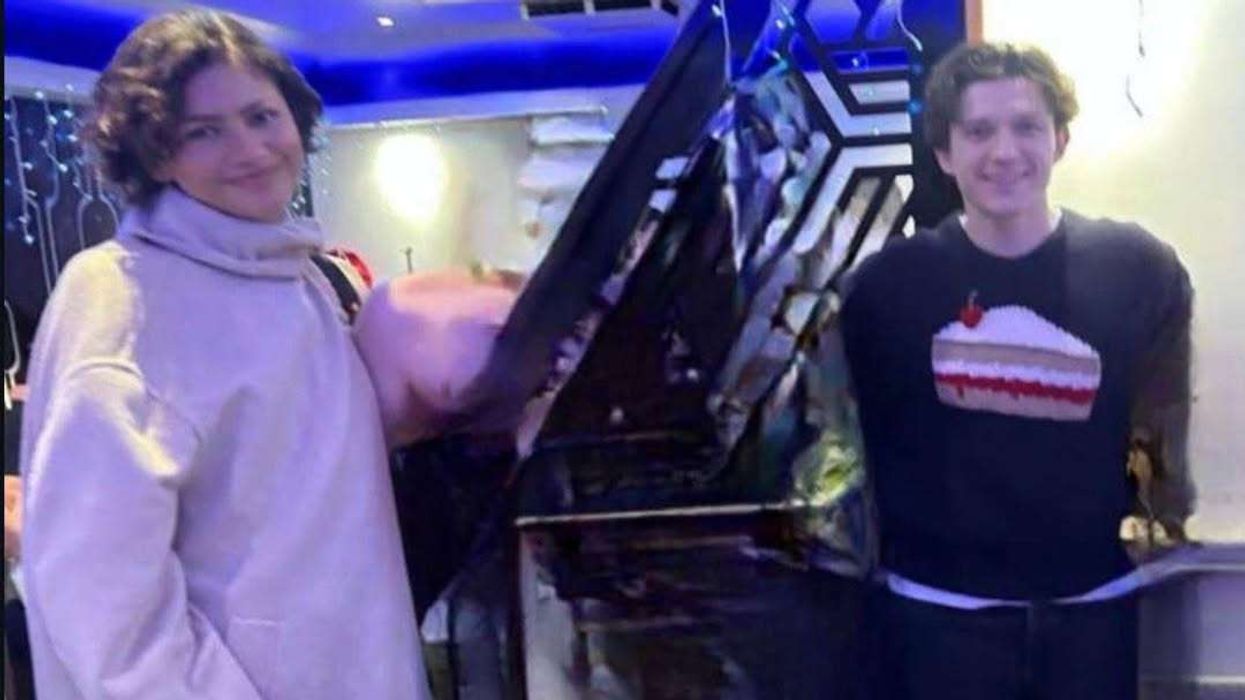A deep cut from Connie Francis’ 1962 catalogue is suddenly back in the spotlight, thanks to a viral trend on TikTok. Pretty Little Baby, a track from her album Connie Francis Sings Second Hand Love, has captivated a new generation of fans over six decades after its original release.
Unlike her chart-topping hits such as Everybody’s Somebody’s Fool or Don’t Break the Heart That Loves You, Pretty Little Baby was never released as a single. But today, it’s enjoying a second life online. TikTok users have embraced the romantic tune, using it in more than a million videos. Many creators are seen lip-syncing the line “You can ask the flowers / I sit for hours / Telling all the bluebirds / The bill and coo birds / Pretty little baby, I’m so in love with you” – often while dressed in retro-style outfits or serenading real babies.
- YouTubeYouTube / LEO MARK TELEG
The social media buzz has translated into a dramatic surge in streaming numbers. In the week ending 10 April, the song recorded just 17,000 on-demand streams in the US. Four weeks later, that number skyrocketed to 2.4 million – a jump of over 7,000%. It has since entered Spotify’s Daily Top Songs charts in both the US and globally, and could soon make an appearance on the Billboard Hot 100 for the very first time.
Francis was one of the biggest pop stars of the late 1950s and early ’60s, scoring 15 top ten hits on the Billboard Hot 100. Although Pretty Little Baby didn’t chart during her heyday, the song’s timeless melody and sweet lyrics are striking a chord with today’s audiences.
The track’s sudden popularity underlines how vintage songs can enjoy fresh success in the digital age. For many, the charm of Pretty Little Baby lies in its simplicity – a gentle, heartfelt tune with lyrics that still resonate.
For longtime fans and first-time listeners alike, the revival of Pretty Little Baby is a reminder of Connie Francis’ enduring appeal and the surprising ways in which classic music can resurface – even 63 years later.













